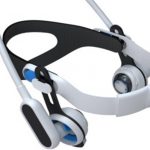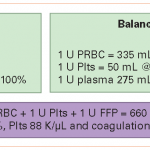Tuesday, I talked about a new notion of using profound hypothermia to save critically injured trauma patients. Since this concept is not yet ready for prime time, we still have to treat hypothermia as our enemy. Most trauma centers have established massive transfusion protocols that detail the use and ratios of specific blood components to avoid fatal anemia and coagulopathy. But do we pay enough attention to hypothermia?
A multicenter study was carried out that will be reported at the upcoming EAST meeting in January. They looked at patients who received massive transfusion (>= 10u PRBC in 24 hours) and looked at their lowest temperature during that 24 hour period.
They found that as temperature decreased, shock parameters, coagulopathy, injury severity and transfusion requirements increased significantly. Specifically, if a temperature of <34C doubled mortality risk, and this effect was most pronounced in patients who received relatively less plasma.
Bottom line: Temperature is still very important, and hypothermia must be avoided at all costs. This is true in the ED and the OR. Allowing temperature to drop below 34C significantly increases mortality and is at least as important as giving enough FFP to correct coagulopathy from dilution.
Related post:
Reference: Hypothermia in massive transfusion: are we not paying enough attention to it? Poster 2, EAST 25th Annual Assembly, Jan 2012.



